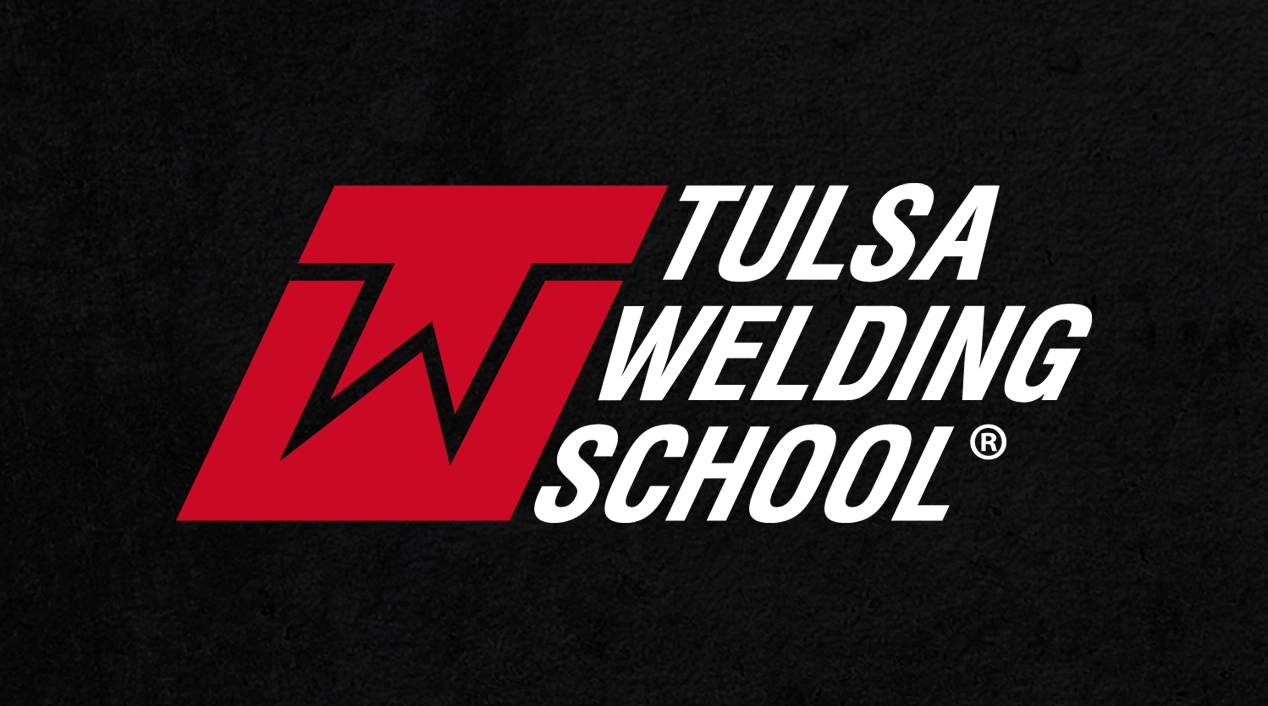TWS is a Great Training Option for Everyone
Learn more about how we can prepare you to advance your career.
Training to become a welder is just about practicing your skills and preparing for tests, right?
Wrong.
A good trade school program teaches you more than just about how to hone your craft—it also teaches you how to find and apply for a job in your industry.
That means creating a resume you can show to employers.
Have You Considered a Career in the Skilled Trades?
Fill out the form to recieve a no obligation info packet.
Typing a bunch of words on a word document might be the last thing you want to do, but a convincing resume might be exactly what you need to stand out among dozens of other people applying to the same job as you are.
We can’t emphasize this enough: No matter how qualified you might be for the job, every other applicant might be equally qualified. A resume can make all the difference between landing a job interview and being forgotten.
A few questions might be flying through your mind:
- What does a great welder resume look like?
- How do you get an employer to invite you for an interview after reading your resume?
- What are the do’s and don’ts of resume writing?
Writing resumes is an art. Follow these seven points, and you’ll have a much better chance at wowing the companies who are looking for welders like you.
1. Understand the Differences Between Functional and Chronological Resumes
A functional resume summarizes your relevant skills and experience without stating when you learned a particular skill or how long you held down a specific job.[1]
A chronological resume lists training and work experience by time. It clearly indicates the time periods when you were studying or working.[2]
Both resumes have their advantages, but a functional resume might be the better option for a new welder who has just graduated from welding training or someone who is making a career transition, as it showcases skills, rather than work experience.
On the other hand, welding training graduates who do have some relevant job experience may prefer a chronological resume that emphasizes the time periods when they worked these jobs.[3] Chronological resumes are typically more common and a safe bet when in doubt.
2. Include All Relevant Information
Regardless of whether you choose a functional or a chronological resume, your resume needs to include all information relevant to you as a person and as a professional:
- Your full name, mailing address, phone number and email address
- All educational qualifications (starting with the most recent one)
- All (pertinent) work experiences, including certifications, internships and accreditation
- A list of other skills (such as computer and language skills)
- A short paragraph at the top outlining why your skills and experience are relevant to the job for which you’re applying[4]
3. Be Clear and Detailed, and Use the Right Keywords
Don’t gloss over your skills or training. At the same time, keep your resume short and to the point.
Use bullet points, action verbs and industry-specific acronyms to ensure your resume contains all the important information you want to convey. Try to keep your resume under one page — unless you have so much relevant experience that you need more.[5]
With how busy most employers are, they use resume software that scans resumes to find keywords relevant to the job they’re looking to fill. Pay close attention to the job advertisement, and include the exact same terms the job ad uses instead of adding synonyms or similar terms.[6]
4. Use Clever Formatting
Choose a clear font that can be easily read by most computer systems.
Good fonts include Calibri, Cambria or Georgia. Don’t use Times New Roman, as it’s considered boring.
Avoid shrinking margin sizes to fit more words on the page. If an employer has to squint to read your resume, they’ll just send it to the paper shredder without having read a single word.
Start off your resume with an interesting summary that conveys why you would be an asset to the company. Outline the skills and experience you have that are most relevant to the position for which you’re applying.
This paragraph should be short and to the point. Consider this part your elevator pitch about why you’re the right person for the job.
Use bolded headlines to clearly differentiate between different sections. Most people skim a page instead of reading it from top to bottom.
Bold headlines and bullet points make a document reader-friendly because they guide the reader’s eyes through the most important information.[7]
5. Proofread, Proofread, Proofread

Proofread your resume carefully before sending it in. Read over every sentence and check for grammar, punctuation and sentence flow.
A spellchecker can help, but it’s a half measure. It can still miss mistakes and inconsistencies.
If you’re not confident in your proofreading abilities, ask someone else to look it over. A career service specialist should be able to help you edit your resume, from structure to word choice.
If you’re in a pinch, consider asking a friend or family member to proofread it and provide feedback.
6. Save and Submit
Spending hours crafting the perfect resume, only to accidentally close the window or have your computer crash, is enough to crush even the most resilient of spirits. Don’t forget the Save button.
Save your resume as a PDF file so that the formatting remains in place. If you are applying for a job via a company’s website, check the submission rules and requirements before submitting your resume.
Give your resume a professional name (i.e. “John Smith Resume” or “Jane Doe <Job Title> Resume” if the company is advertising more than one job opening) and then send it in.
Adapt and Update Your Resume as Needed
You don’t stay stagnant, so neither should your resume. Whenever you submit your resume for a job application, it should be a direct reflection of your professional progress.
That means you should keep your resume updated. Ideally, you should revisit it every three months.[8]
What did you learn and what new skills did you gain since the last time you wrote your resume? Add the most relevant ones.
Revising your resume also helps you keep up with resume writing trends. For example, objective statements have fallen out of fashion in favor of personal statements.[9]
Even if you’ve just graduated from a welding training program and don’t have years of working experience under your belt, you can still write an impressive resume that stands out among dozens of other applicants.
The perfect resume is a personal matter, but if you use these seven tips as guides to craft your resume, you’ll have a much better chance at getting that dream welding job.
Learn more about hunting for welding jobs the right way:
[1]http://www.careeronestop.org/ResumesInterviews/ResumeAdvice/SamplesTemplates/FunctionalResumeSample.aspx
[2] http://www.eiu.edu/careers/chrono_functional_resumes.php
[3] http://www.eiu.edu/careers/chrono_functional_resumes.php
[4] http://www.ehow.com/how_8090261_write-resume-skilled-trades.html
[5] https://www.themuse.com/advice/43-resume-tips-that-will-help-you-get-hired
[6] http://time.com/money/5053350/resume-tips-free-template/
[7] http://time.com/money/5053350/resume-tips-free-template/
[8] https://www.themuse.com/advice/43-resume-tips-that-will-help-you-get-hired
[9] http://time.com/money/5053350/resume-tips-free-template/
This blog has been labeled as archived as it may no longer contain the most up-to-date data. For a list of all current blog posts, please visit our blog homepage at https://www.tws.edu/blog/







